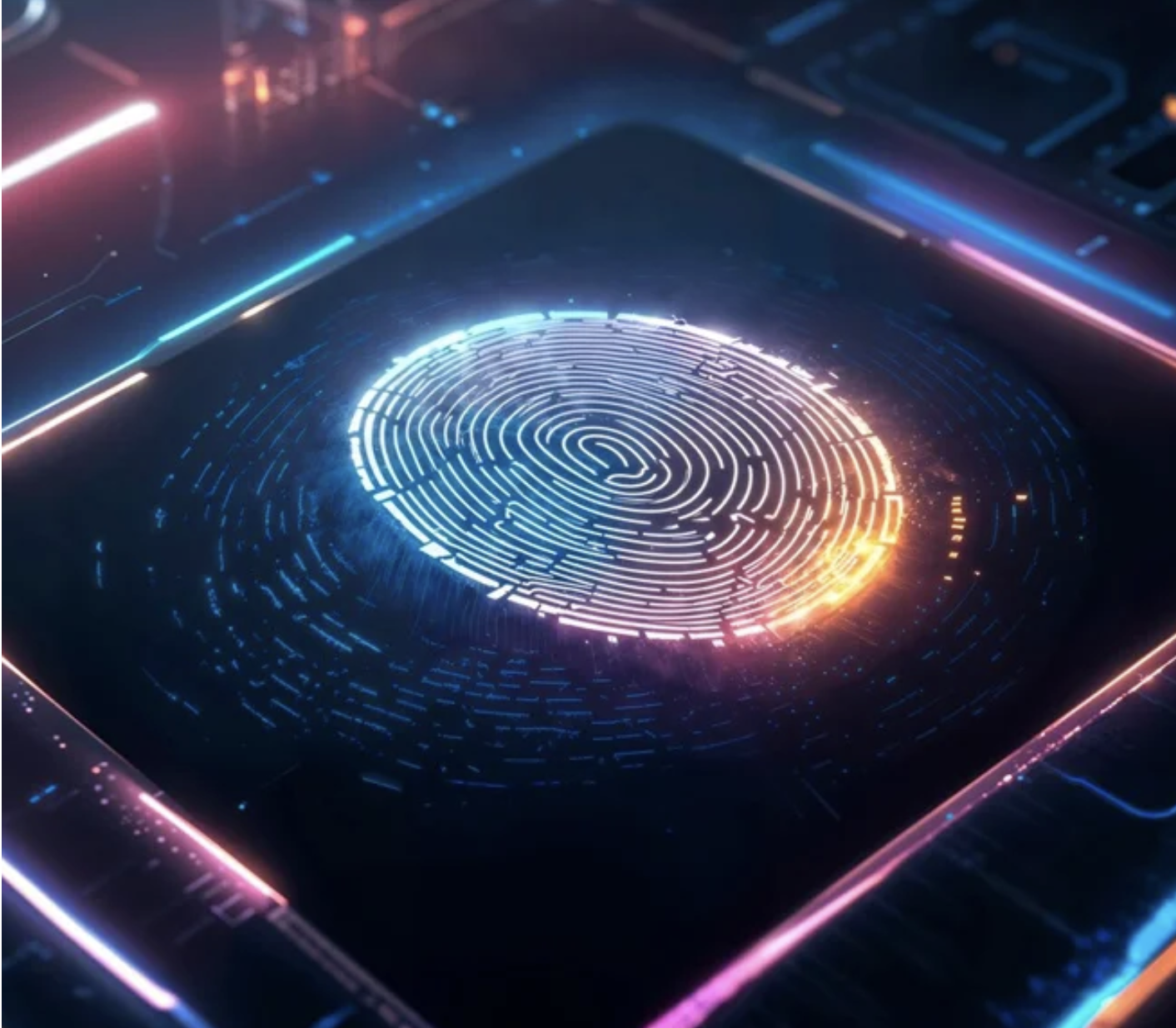Understanding IAM and IGA in Cybersecurity
When it comes to cybersecurity, overseeing who can access information is crucial. This task is mainly managed through two concepts: Identity and Access Management (IAM) and Identity Governance and Administration (IGA). While both IAM and IGA focus on regulating access to resources and safeguarding data, they play distinct roles that are essential in their own ways. In this article, we will delve into the disparities between IAM and IGA, their characteristics, and how they work together to establish a strong security framework.
What Does Identity and Access Management (IAM) Entail?
Identity and Access Management (IAM) refers to a set of policies and technologies designed to ensure that authorized individuals have access to specific resources at designated times for valid reasons. IAM systems oversee user identities and govern access privileges throughout an organization’s IT ecosystem.
- Authentication: Confirming the identity of a user using methods such as usernames, passwords, multi-factor authentication (MFA), or biometric checks.
- Authorization: Defining the actions permitted for a user. This includes establishing and enforcing access rules based on roles, permissions, and user characteristics.
- Single Sign-On (SSO): Allowing users to log in to applications using one set of credentials, making it easier for users and enhancing security.
- Access Management: Regulating and overseeing user access to different systems and data, often in real-time.
- Operational Efficiency: IAM ensures that system and data access is appropriately controlled and monitored, preventing unauthorized entry and safeguarding sensitive information.
What is Identity Governance and Administration (IGA)?
Identity Governance and Administration (IGA) is a part of IAM that concentrates on identity management’s governance and administrative aspects. IGA covers the policies, procedures, and tools used for managing the life cycle of user identities and access rights.
- Identity Life Cycle Management: Oversees the life cycle of user identities, from creation and onboarding to adjustments and deactivation.
- Access Requests: Users can request access to resources through a system that reviews and approves or denies requests based on set policies.
- Access Certification: Regularly verifying that user access rights comply with security policies and rules.
- Policy and Role Management: Defining and managing policies and roles to ensure consistent access across the organization.
- Auditing and Reporting: Tracking user access and activities to aid compliance audits and detect potential security issues.
IGA focuses on governance, risk management, and compliance (GRC), ensuring that controls are not only in place but also regularly checked to meet regulations.
The Difference Between IAM and IGA
- Scope: IAM manages real-time resource access, ensuring that appropriate users can access necessary resources when needed. IGA focuses on governance and administrative oversight, emphasizing compliance, risk mitigation, and periodic review of access privileges.
- Core Functions: IAM handles identity verification, permission granting, SSO, and access management. IGA manages identity lifecycles, access requests, policy enforcement, auditing, and reporting to ensure access controls align with policies.
- Operational vs. Governance: IAM focuses on day-to-day access management, while IGA establishes, enforces, and monitors governance policies over time.
- Real-Time vs. Periodic Assessment: IAM operates in real time to grant or deny access, whereas IGA conducts periodic evaluation and certification of access rights to maintain compliance.
The Synergy Between IAM and IGA
IAM and IGA work together to offer a comprehensive approach to identity management and security. IAM handles day-to-day access efficiently, while IGA governs, reviews, and ensures compliance with security policies.
- Heightened Security: IAM secures access in real time, and IGA continuously reviews these controls to align with policies.
- Enhanced Compliance: IGA assists in meeting regulatory requirements, while IAM ensures access controls are effectively implemented.
- Streamlined Operations: IAM automates access management, reducing IT workload, while IGA automates identity and access reviews to prevent breaches.
In Conclusion
Understanding the distinctions between IAM and IGA is essential for creating a strong security framework. IAM manages day-to-day access, while IGA ensures governance, compliance, and continuous assessment of access rights. Together, they enhance security, ensure regulatory compliance, and streamline operations, providing a comprehensive identity management approach for organizations.
